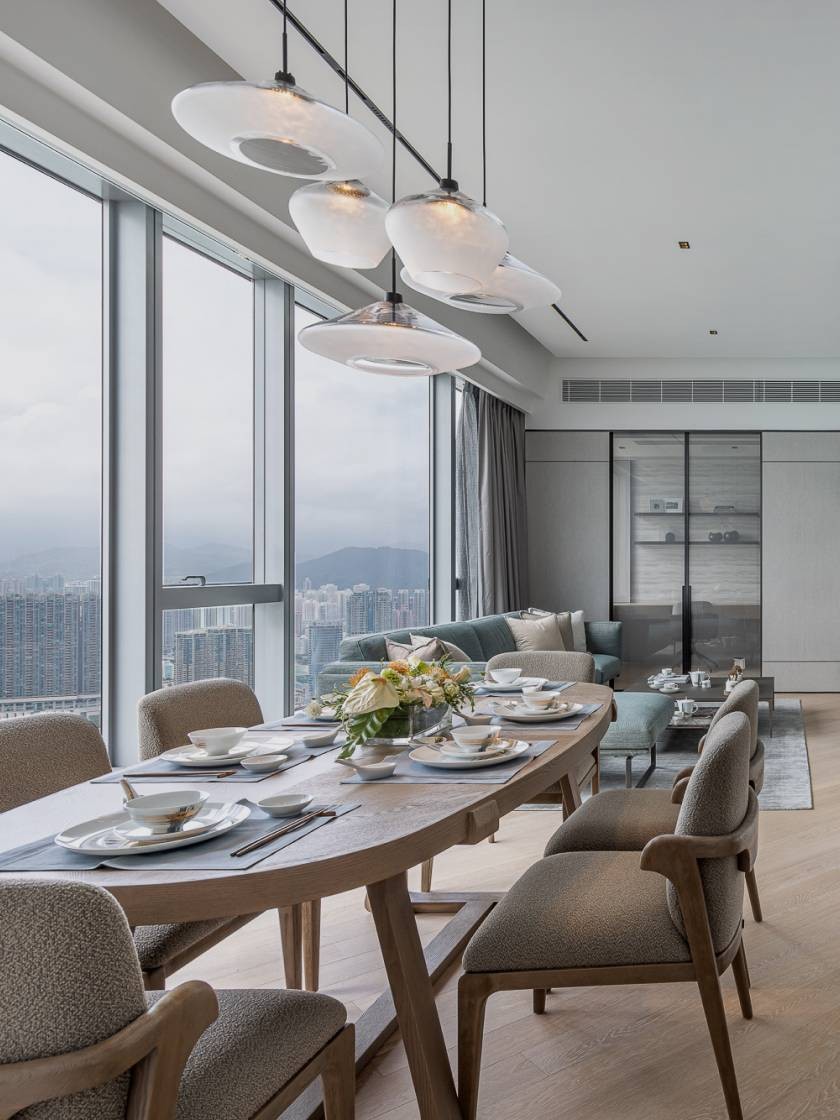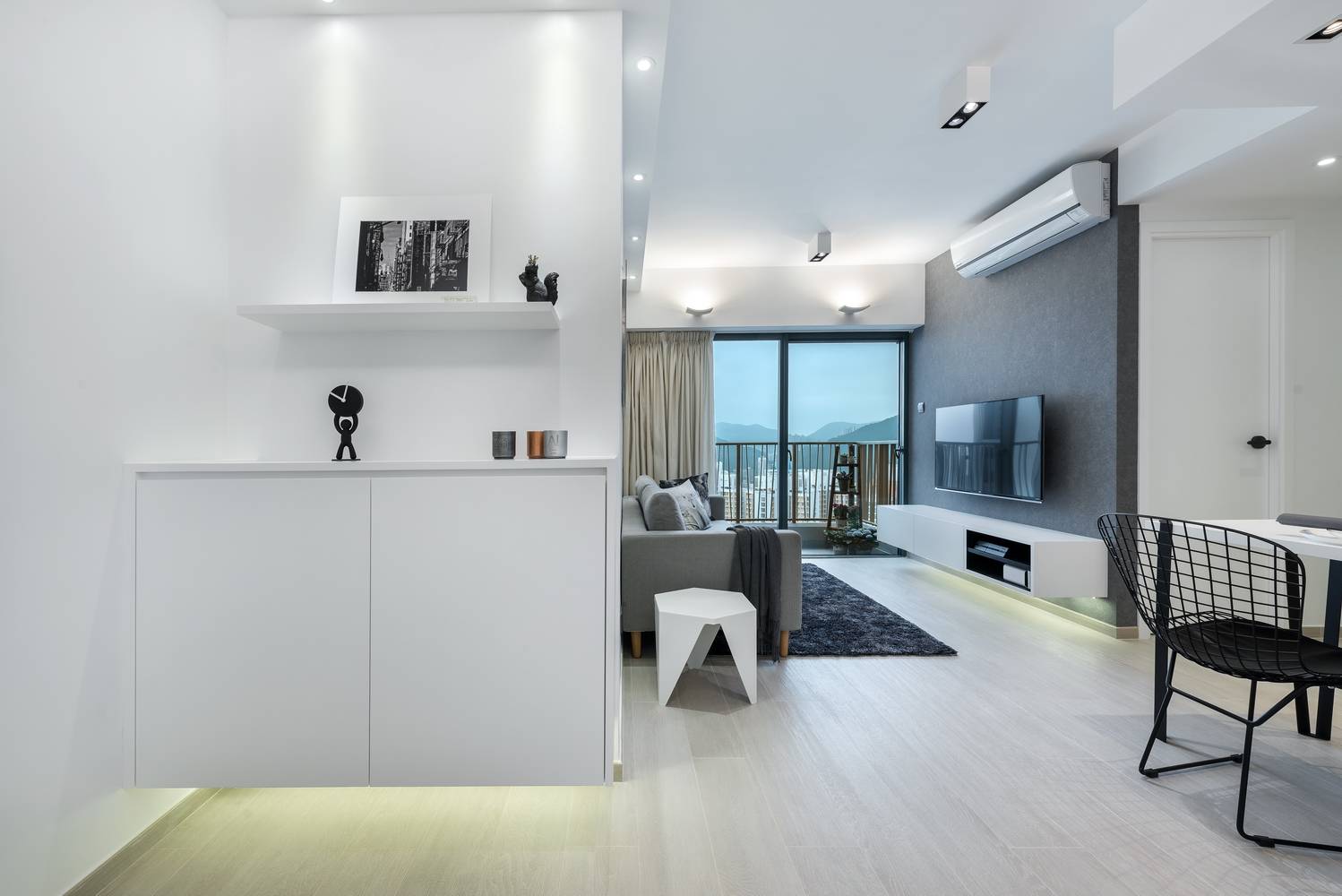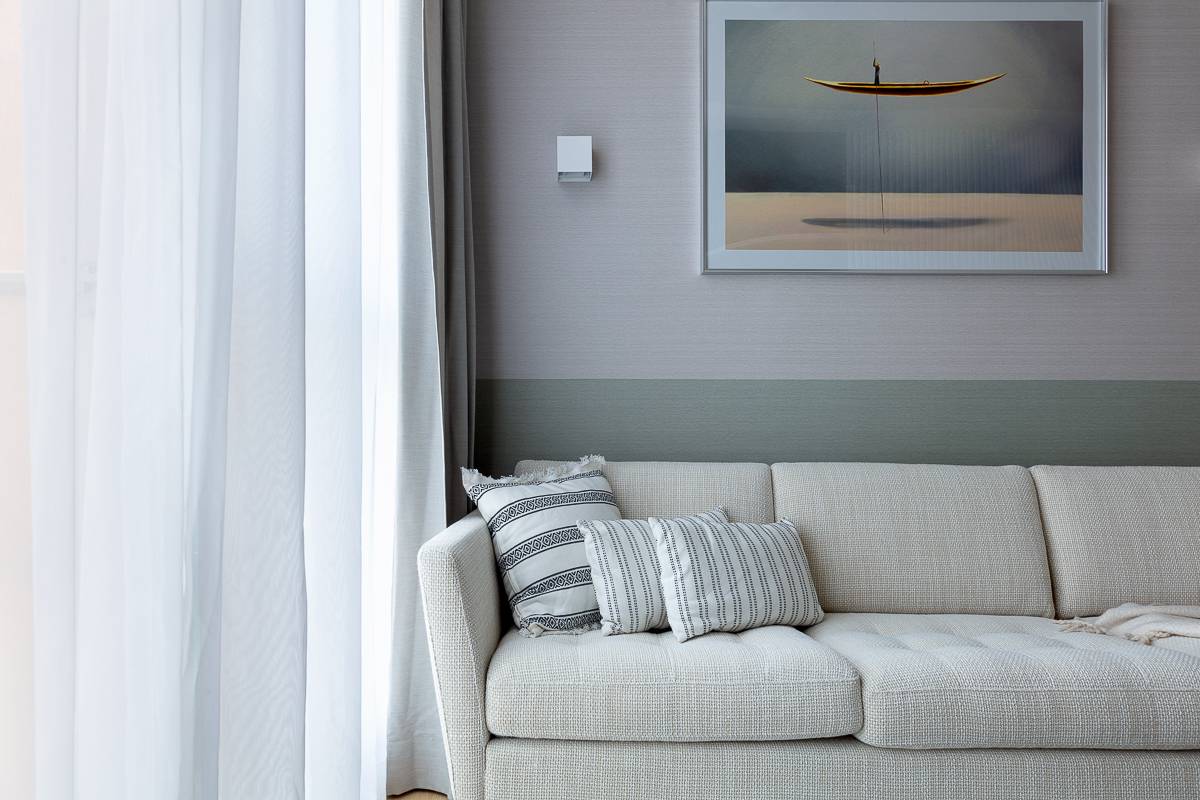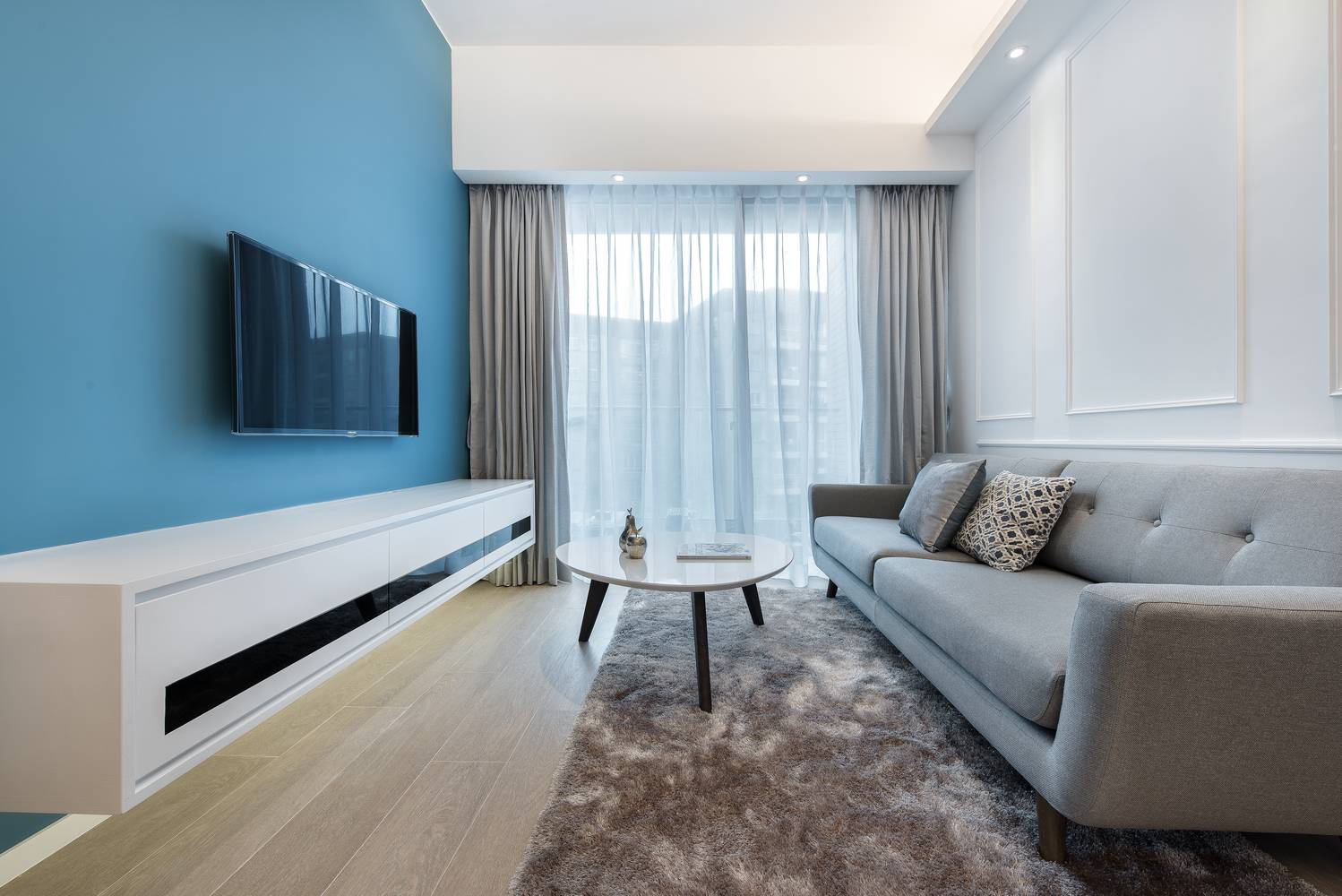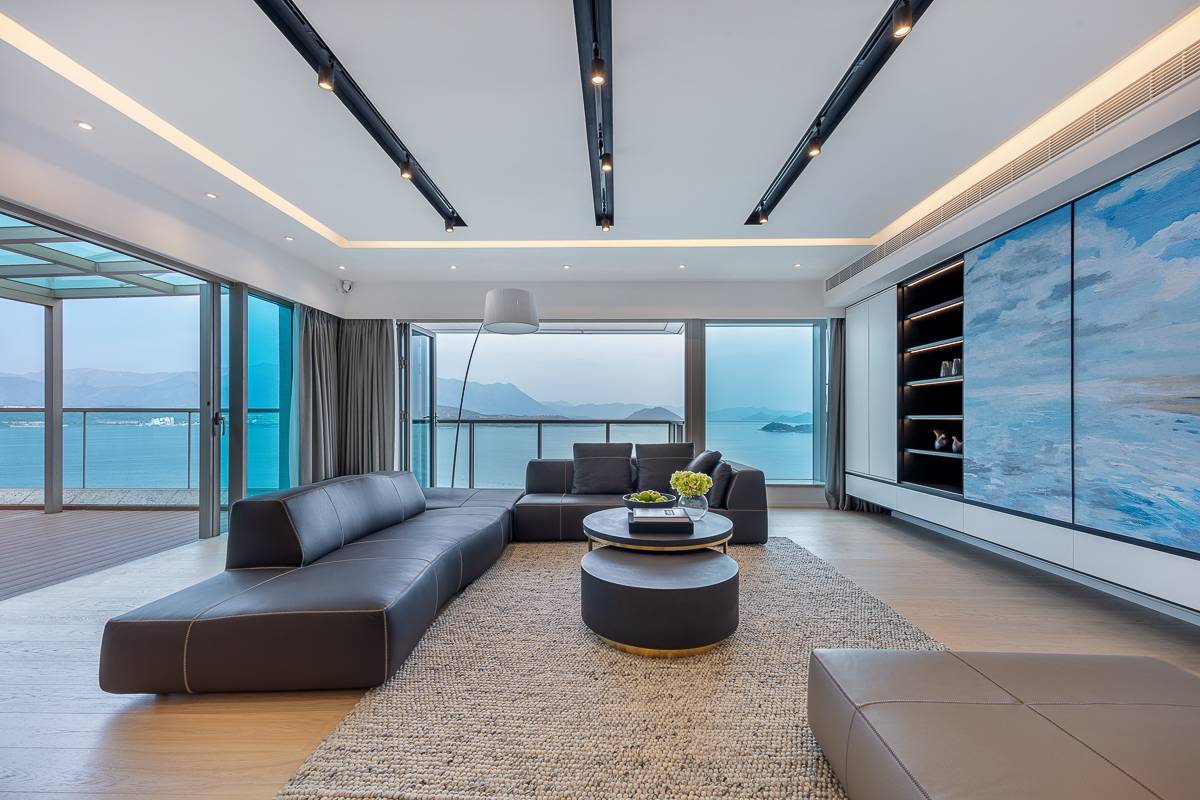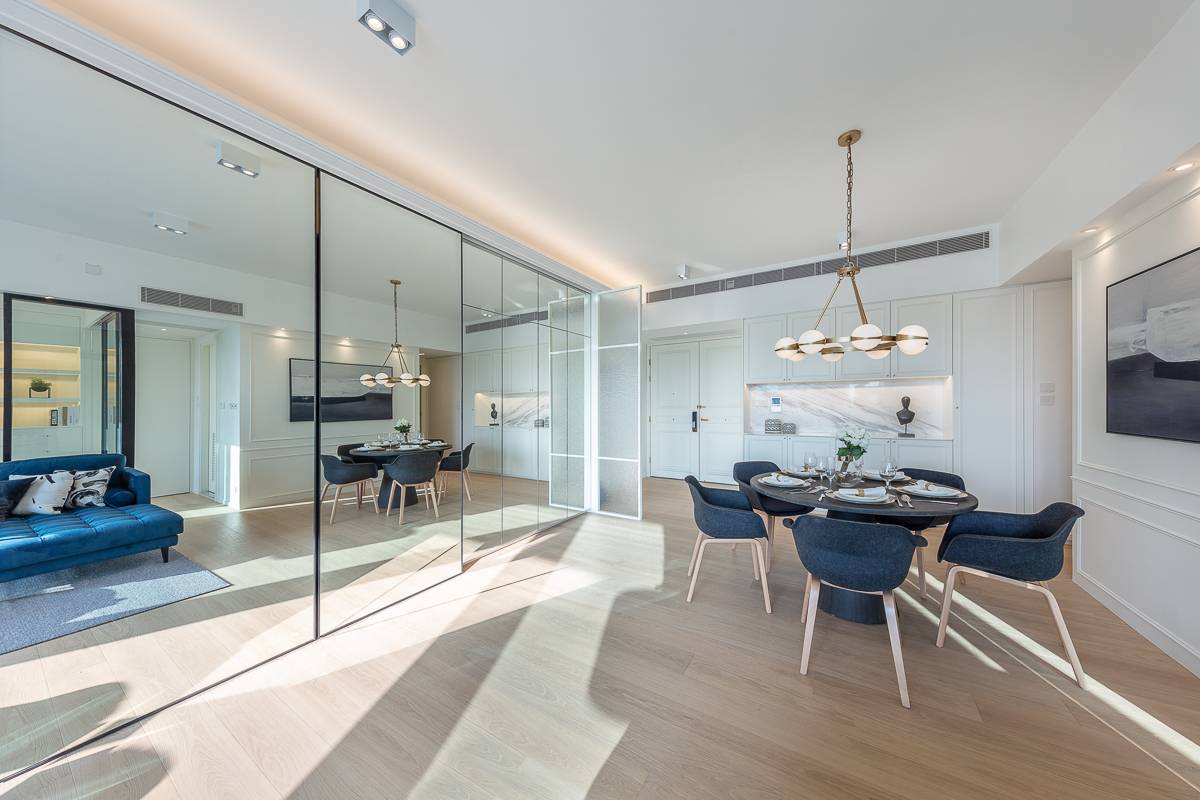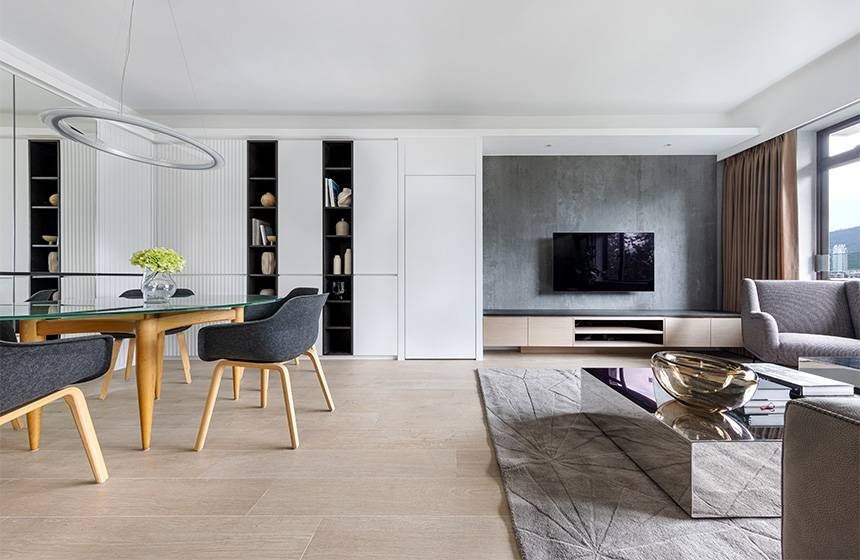5 ways to enhance a space using lighting
Good lighting in our homes and workplaces is crucial to maintaining our health and wellbeing, and ensuring that we’re able to carry out daily tasks without experiencing eyestrain or headaches. Lighting levels affect us in non-visual ways, too. If exposure to artificial lighting and sunlight isn’t managed, it can disturb the body’s circadian rhythm, resulting in sleep disorders that can increase the risk of stroke, heart attacks, depression and obesity.
Ideally, lighting should minimise disruption to the body’s circadian rhythm and provide appropriate levels of light for visual acuity. Getting the balance right will result in increased productivity at work and improved sleep quality at home.
Here are five ways that you can use lighting to enhance your health and wellbeing.
Detail-oriented tasks require task lighting so that light levels are bright enough to avoid eyestrain. The light source is targeted at a workspace without providing excessive illumination in the surrounding area. Ambient lighting, which is the illumination of a general space, can then be used as background lighting.
Lighting glare can be created by lamps, glossy surfaces, computer monitors and sunlight, and can cause visual discomfort and impairment. To avoid glare, position screens appropriately in relation to windows and artificial lights, and use shading devices such as external or internal blinds and opacity glazing on windows.
Automated shading and dimming systems will adjust to your desired light levels automatically, saving you the trouble of trying to monitor fluctuating light levels across the day. Window shades can be automated to respond to levels of sunlight and electric lighting can brighten or dim as necessary when it senses changes in light levels from other sources.
Sunlight is very important to human health and wellbeing and the regulation of our circadian rhythm. Aim for a good interplay between natural light and electric lighting. The light in a room should neither strain nor impede your ability to see. For workplaces today, it’s important that there are many accessible windows for workers (the WELL standard states that 75% of staff should have access to a desk in view of windows).
Reflective surfaces – the source of most light in buildings – can be used to regulate the brightness of an interior space. Furniture, flooring, ceiling and walls with reflective surfaces can all contribute to greater light intensity, which promotes activity and alertness. Ensure the lighting of a space is coordinated with interior colours, too. An area dominated by low-quality colours can feel uninspiring and dull, which can become fatiguing and demotivating over a prolonged period of time.

